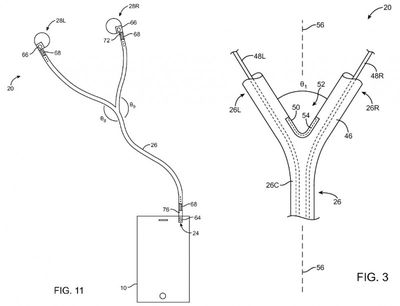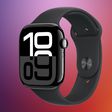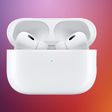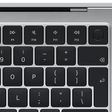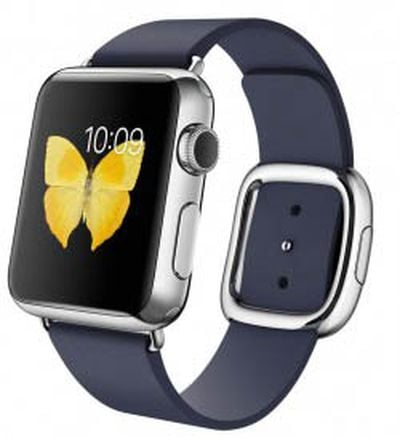 Apple today announced that the Apple Watch will be available for purchase in Italy, Mexico, Singapore, South Korea, Spain, Switzerland and Taiwan on Friday, June 26. The wrist-worn device will be sold through the Apple Store, Apple Online Store and select authorized resellers.
Apple today announced that the Apple Watch will be available for purchase in Italy, Mexico, Singapore, South Korea, Spain, Switzerland and Taiwan on Friday, June 26. The wrist-worn device will be sold through the Apple Store, Apple Online Store and select authorized resellers.
Apple also announced that it will begin selling select Apple Watch models through the Apple Store in two weeks, presumably including the United States and other first wave launch countries. Apple Watch orders have been taken exclusively online since the device launched in April.
“The response to Apple Watch has surpassed our expectations in every way, and we are thrilled to bring it to more customers around the world,” said Jeff Williams, Apple’s senior vice president of Operations. “We’re also making great progress with the backlog of Apple Watch orders, and we thank our customers for their patience. All orders placed through May, with the sole exception of Apple Watch 42 mm Space Black Stainless Steel with Space Black Link Bracelet, will ship to customers within two weeks. At that time, we’ll also begin selling some models in our Apple Retail Stores.”
A limited selection of Apple Watch models will be available at 10 Corso Como in Milan, BOONTHESHOP Cheongdam in Seoul and Malmaison by The Hour Glass in Singapore on June 26, just over two months after the device launched in the United States, Australia, Canada, China, France, Germany, Japan, Hong Kong and United Kingdom. A total of 16 countries will now sell the Apple Watch.


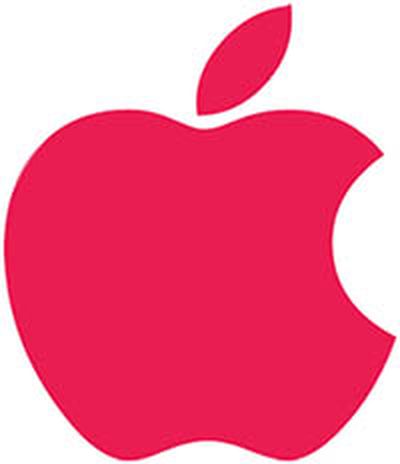 Apple has set a principal amount of ¥250 billion ($2.01 billion) for its bond sale in Japan per a
Apple has set a principal amount of ¥250 billion ($2.01 billion) for its bond sale in Japan per a 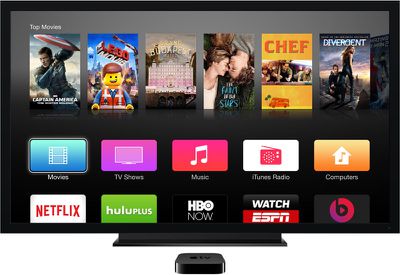
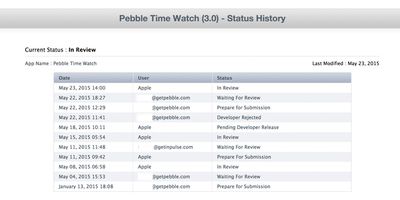
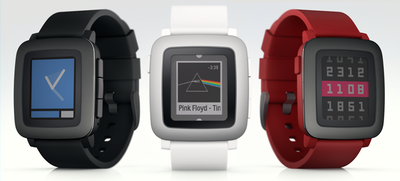

 A new
A new 
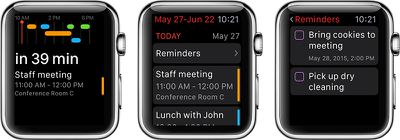
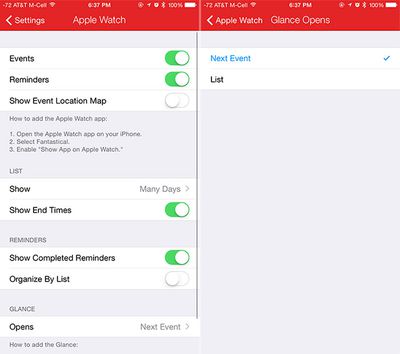

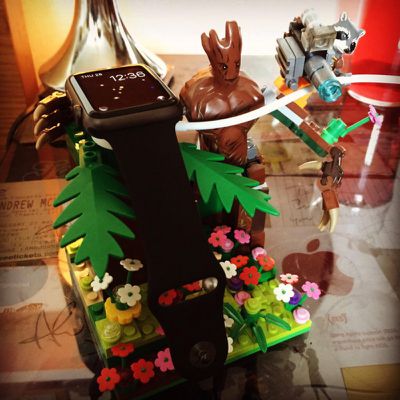
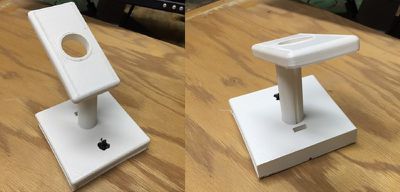
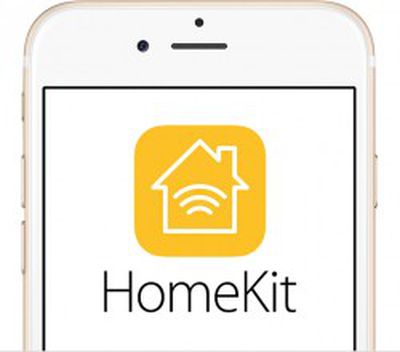 Apple has added a new
Apple has added a new 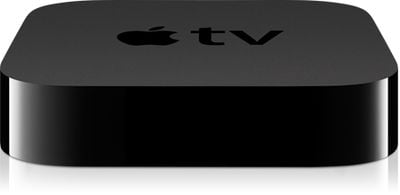


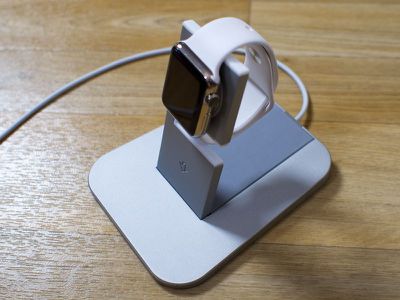

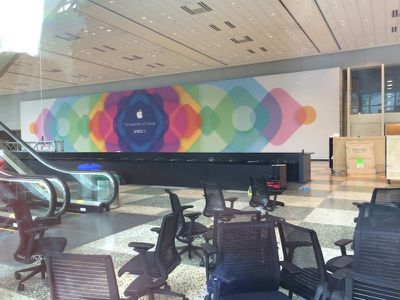
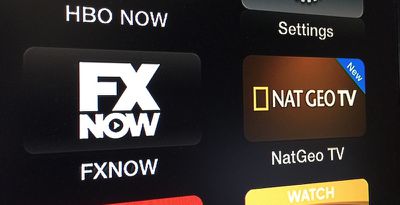
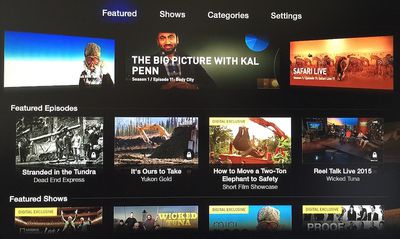
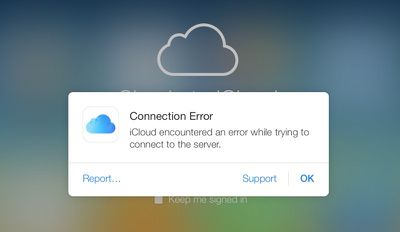
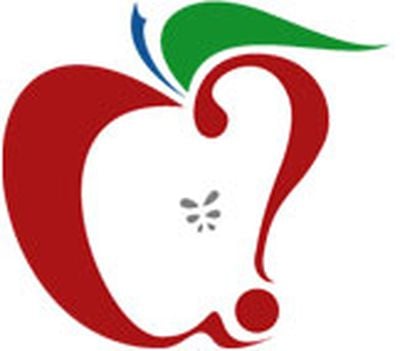 Over the weekend, we
Over the weekend, we 